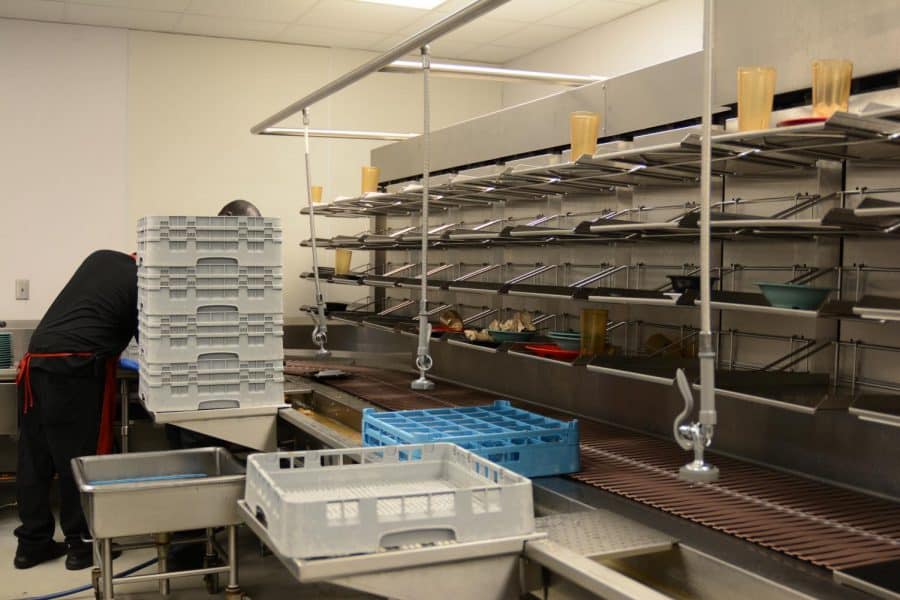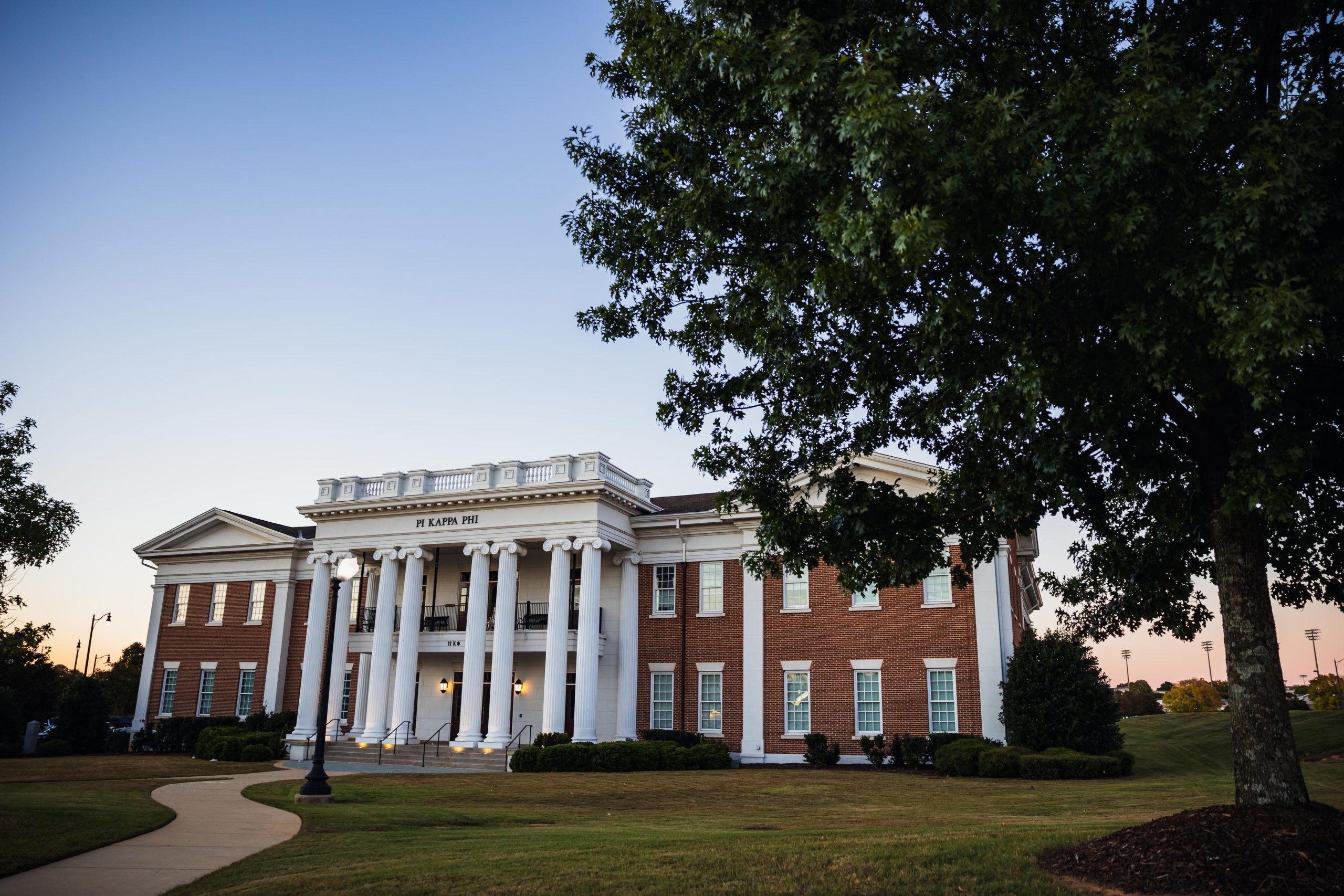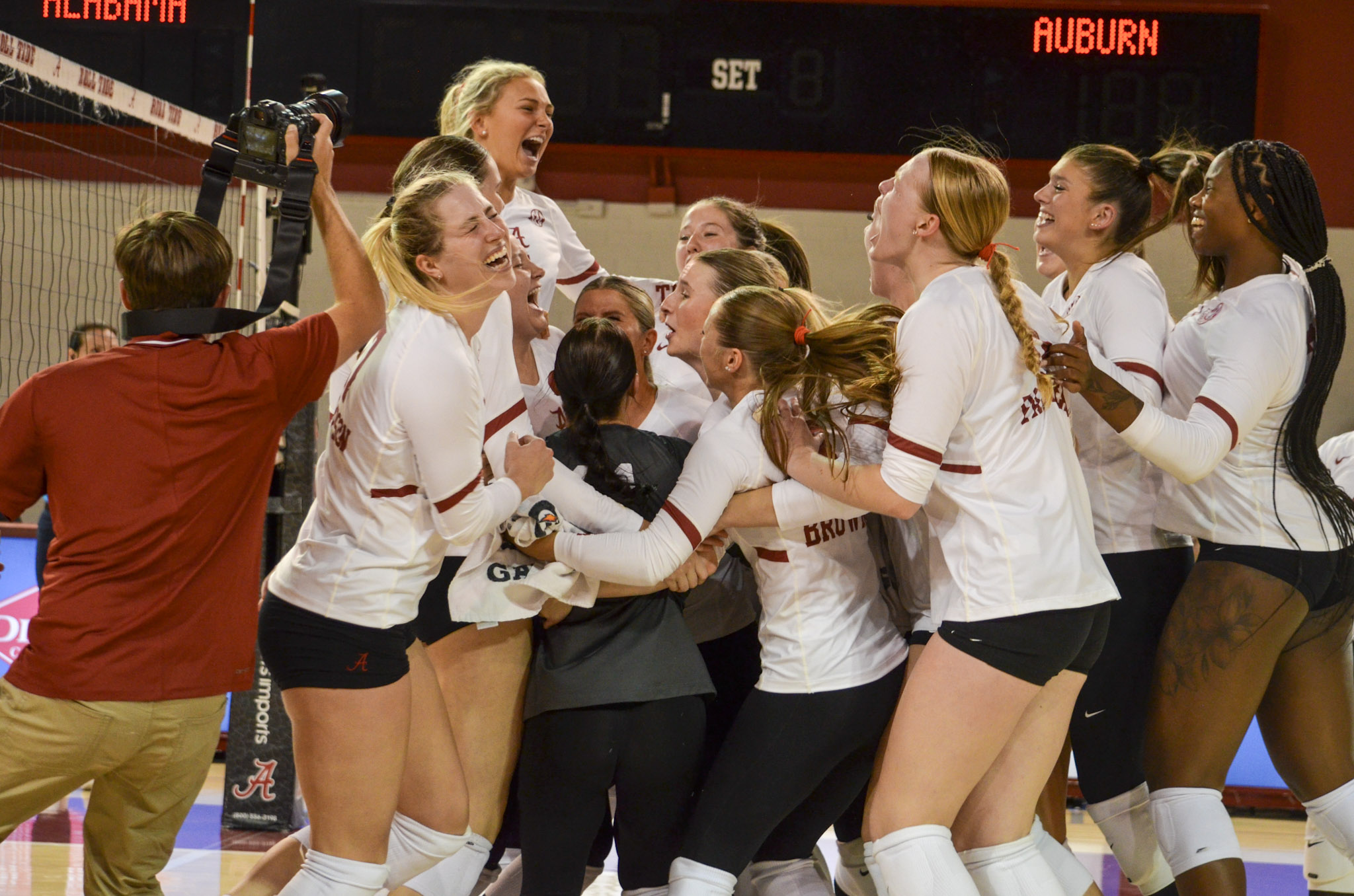Dining halls, students work to reduce food waste
March 21, 2019
As the world’s population continues to climb toward 8 million people, agriculture is becoming increasingly important. It is estimated that over half of the planet’s habitable land is currently being used to feed such a massive, and still growing, population.
Large-scale agriculture is now taking a toll on the environment, contributing to rising greenhouse gas emissions, deforestation and pollution in waterways. The cost of producing food is high, yet 30-40 percent of the American food supply is wasted every year, according to the USDA.
Food waste is a problem that is present anywhere food is eaten, including households, supermarkets, restaurants and on college campuses, where over 20 million pounds of food goes unused every year.
The University of Alabama is taking steps to combat food waste. Last year, the amount of food waste on campus was reduced by 20,610 pounds. The effort to cut down on food waste is spearheaded by Aramark Corporation, the food service company that manages the UA dining halls and commercial restaurants.
Bruce McVeagh, the district manager for Aramark, is at the forefront of the battle.
“Food waste is something we attack like a war,” McVeagh said. “We attack it on several different fronts.”
The first front that Aramark focuses on is tracking how much food people eat, when they eat it and how much food dining halls should prepare as a result.
“We can almost track by the day, year-to-year, how many people visit our locations,” McVeagh said. “So number one is, not the old, ‘I know we’re busy on Wednesdays, so we’ll make a lot and hope they come.’ We’ve got a bit more scientific than that. We run a menu cycle, then we crunch those numbers and then it tells us what we should make next time.”
By using that data, dining halls can more accurately know how much food they need to make on a day-to-day basis, which eliminates overproduction. But that alone doesn’t cut down food waste. Aramark also works to ensure that employees are not being wasteful in how they prepare food, down to the very pepper.
“Say you’re making tacos today, and you have all the tops of all your red peppers that you cut and you take a picture of it, and we go back and look at it and we go, ‘Wait a minute, you didn’t use all of those red pepper tops,’” Mcveagh said. “We’ll tell you that we have a use for those. We’ll chop them up real small and put them in the salsa.”
In order to ensure that employees are maximizing the ingredients they utilize to make dishes, Aramark partnered with Leanpath, a food waste prevention technology company. Since partnering with Leanpath in 2017, Aramark has implemented food waste tracking terminals in the kitchens of every dining hall.
The terminals feature a camera and a scale, along with a touch-screen interface. When an employee prepares a piece of food, they place it on the scale and snap a picture of it. The weight is recorded and the picture is sent to the cloud, where it is later reviewed.
“When you’re not doing it, and your waste compliance isn’t right, it’s tracked past this place at a higher level, and I immediately get notifications when things are not being done as they’re supposed to be,” McVeagh said. “There’s a million dash points. I feel like a rocket scientist.”
UA dining halls wasted 26,327 pounds of food in 2018, which was down 49 percent from the year prior.
“Either we weren’t doing something right and now all of the sudden we are, or we’re really just a lot more efficient,” McVeagh said. “I’d like to say somewhere in between lies the truth.”
Even with Leanpath and more efficient cooking practices, dining halls still have excess food. It’s an almost unavoidable consequence of preparing large portions of food in an all-you-can-eat style. There is plenty of viable food that simply goes uneaten. To help alleviate perfectly good food going to waste, UA students are joining in on the fight.
Emily Adams, a junior majoring in history, recently founded the UA chapter of Food Recovery Network (FRN) after taking an Honors College course in which she researched food instability on college campuses. Adams decided she wanted to help repurpose excess food at UA dining halls, so she partnered with Bama Dining to address the issue.
Once FRN is fully established, which Adams said will be in the next month or so, it will send student volunteers to dining halls each week to pick up extra food and transport it to the West Alabama Food Bank.
“We’ll be going to catering events on campus and the dining halls and recovering unserved food that will be taken to the food bank within 24 hours so they can distribute it to families in West Alabama that need food resources or are food insecure,” Adams said. “Rather than have that food go to waste or be composted, it can go to feed a hungry family.”
FRN isn’t the first student-based organization that has attempted to cut down on food waste, said Kristina Patridge, director of University Dining Services.
“It ebbs and flows,” Patridge said. “We get interest and then it dies, and then we get interest again.”
But Patridge remains optimistic about the impact FRN can have.
“They actually presented a proposal that seems really achievable,” Patridge said.
Whether its Aramark instituting new technology in the kitchen, or a group of students aiming to feed hungry families, food waste on the UA campus is losing the war.










